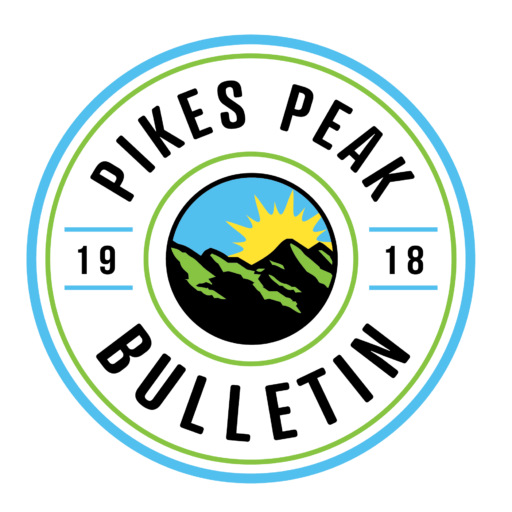As the first issue of the new Colorado Springs Independent hit the streets, I was reminded of the little rag that debuted on Aug. 8, 1993. It was all of 24 pages — spirited, contrarian, fun, feisty and original.
John Weiss, the publisher and co-founder (with Kathryn Eastburn) of the original Independent, figured that there was room for a niche lefty weekly.
“People told me that it wouldn’t work,” Weiss recalled in the late 1990s. “They said that Colorado Springs is too right wing, too Republican, too conservative. Yeah, sure — but there are still lots of moderates and Dems.
“And what about young people? Their parents may be Republicans, but not them. And what about gay people, theater people, and everyone that feels left out? We’re a big city now — so reaching the 40 percent of the population whose views are ignored by the daily brought us readers and advertisers.”
Weiss and Eastburn were spot on. After I finished a weak third in the Colorado Springs mayoral race in 1997, Weiss offered me a sort-of job: $50 a week to write a column. Little did I imagine that I would become an actual journalist, but it turned out well.
Since I’m a collector/hoarder of almost anything, I still have scores of issues tucked away in basement boxes.
Let’s look at the one published Sept. 23-29, 2004. Its 64 pages were crammed with display ads, stories, photos, multiple-category classified ads and everything that caught the eye of the publication’s writers, contributors and editors.
As a Colorado Springs native whose great-grandfather first came to Colorado in 1859, it was fulfilling to be with an inclusive newspaper that was all about our city, our region, and things that the Gazette would neither cover nor celebrate.
One cover story I had the privilege of writing featured Pueblo photographer John Suhay. It included a dozen of his photographs and quotes from friends, colleagues and fellow photographers.
Modest and unassuming, he never thought of himself as an artist. He had a studio and a darkroom in the Sangre de Cristo Art Center, paid for by his services as a commercial photographer.
Rough, edgy, immediate and powerful.
Enter the SdC’s fine arts curator, the curious and inquisitive Jina Pierce. Hanging out one day in his studio, she asked to see some of his earlier prints — maybe, she thought, there’d be some fun period pieces.
She was astounded. Suhay, then 81, had an archive of 200,000 images, most taken in and around Pueblo in the preceding 40 years. Many were workaday products, but many were extraordinary — rough, edgy, immediate and powerful.
Pierce couldn’t believe what she was seeing. Was it possible that a major artist had been working in Pueblo, hiding in plain sight inside the art center’s walls? Suhay let her take a few dozen prints home, and she pinned them up on her bathroom wall.
A few weeks later, Jello Biafra (the former lead singer of the Dead Kennedys) was at a post-concert party at Pierce’s house, went to the bathroom, stayed there for half an hour looking at the prints, and stayed in Pueblo another day to meet Suhay and buy some prints.
Others followed, and Suhay had his moment in the sun.
Suhay was hardly unique.
Photographer Elaine Bean, who owned galleries in Colorado Springs and Manitou Springs, pointed out, “All over the West, in all these little towns, there were Main Street photographers, commercial guys who spent time just photographing their environment — and a lot of it is wonderful work.”
Never one for self-promotion, Suhay paid no attention to his new fans. He died at 93, after a long and productive life in his beloved city. He was mourned by many, but when asked about his legacy a dozen years earlier, SdC director Maggie Divelbiss gave a simple, heartfelt sentence.
“John is Pueblo,” she said. “He’s the heart and historian of our community.”
And today? In our crass digital age, Suhay has vanished. There are no photos online, no fun anecdotes, no shows scheduled, nothing — just a brief obituary.
Not that Suhay would care; he did honorable work, served his country in World War II, raised a fine family and mastered his trade.
John Suhay — a life well lived. Today, we can hope that the feisty weekly that celebrated his rich life and achievements can be reborn in the new Independent.
Good luck, you guys — led by the recreated Bulletin, maybe print will once again have its day.

